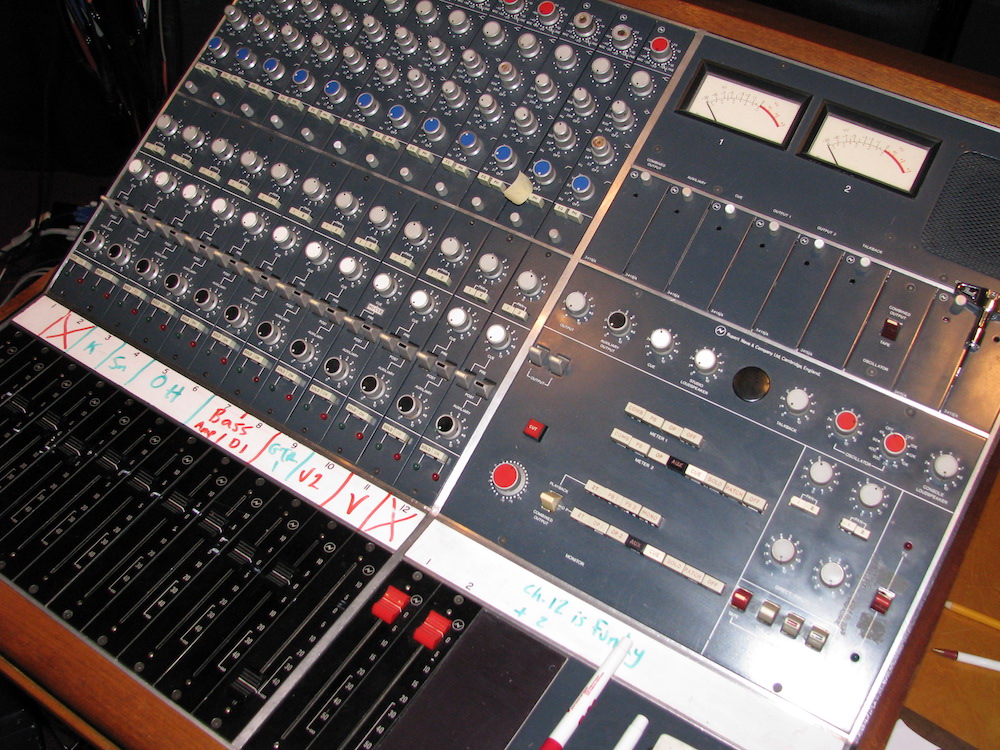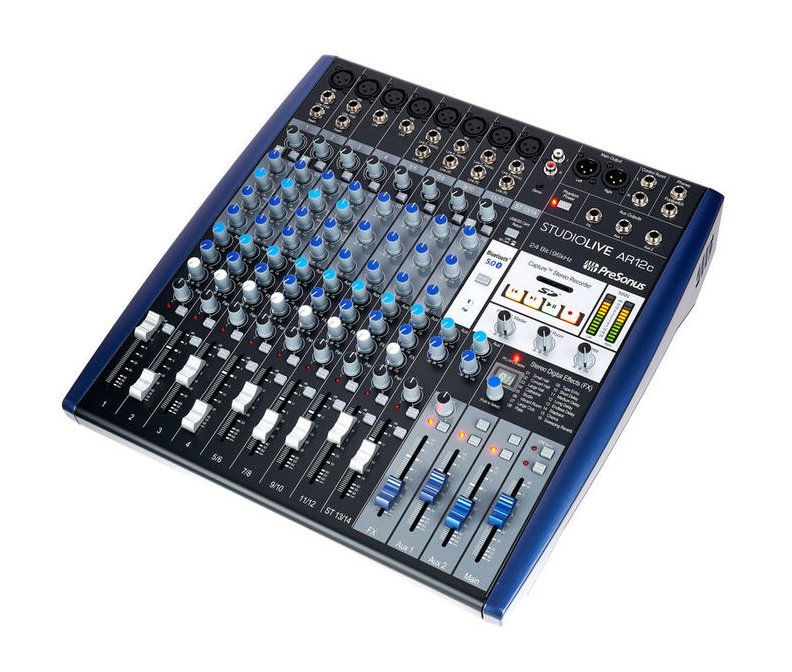


So, in Record mode, which is better for tracking and overdubs, the 8068’s channel strips are essentially split in two. (Note that Remix mode uses the word “remix” in the old sense, meaning just mixing, as opposed to today’s definition of rearranging and re-orchestrating existing songs.) CHANNEL SPLIT The former is for tracking and the latter for mixing. Scheps explains that on the 8068, you can choose between two operation modes: Record and Remix. With the console in Record mode the five large knobs on each channel below the white record bus switches are for the mic pre level and EQ for the incoming signal. Mic preamps, EQs and monitor sections are all included. The basic idea of an inline console is that rather than having separate areas for input and monitoring, those functions are combined on the same channel strips. Scheps points out that the Neve 8068 was one of the first. Technology continued to advance, and by the late 1970s, when 16-track tape machines were state of the art, a new type of mixer, the inline console, was invented. Initially, explains Scheps, monitor sections in split consoles were rudimentary, having only knobs for each channel’s volume and switches to assign them to the left or right channel.

The Neve 8068 was one of the first inline consoles

This led to the invention of the split console, which had a channel section for connecting mics and sending them to tape, and a separate module that functioned as the monitor section. Once multitrack recording and stereo production became standard in the recording industry it was necessary to create a console that could send not only mics and other sources to the recorder but also monitor the tape. That’s because when those were built, recordings and broadcast were strictly mono. He begins by talking about how the first large-format consoles had multiple channels for microphones, but only a mono output. The full video (available to PureMix Pro members) goes into detail about the console and how to use it, but in this part, Scheps is explaining about the difference between a split console and an inline console, of which the 8068 is the latter. It’s an older console, combining two modules that were built in different years- 1979 and approximately 1981. In this excerpt from the video “Andrew Scheps Neve Console,” Scheps is discussing the vintage Neve 8068 mixer that he had installed at Monnow Valley Studio in Wales.


 0 kommentar(er)
0 kommentar(er)
